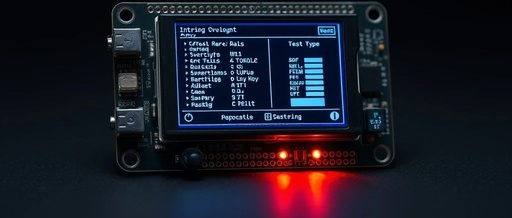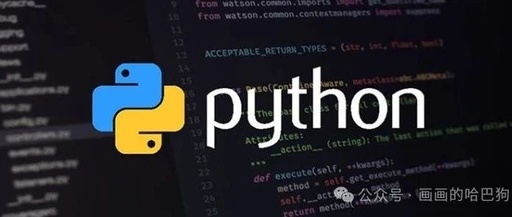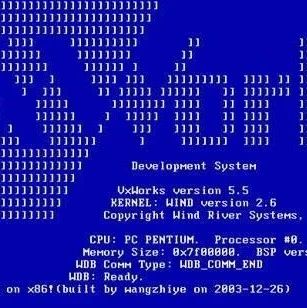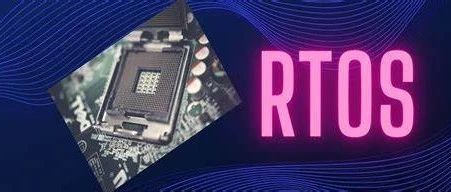Phoenix-RTOS: A Lightweight and High-Performance Real-Time Operating System
Phoenix-RTOS is a lightweight, high-performance real-time operating system (RTOS) designed to provide a reliable and efficient runtime environment for embedded systems. It supports multiple architectures and is known for its simple design and powerful features. This article will delve into the core features, architectural design, and application scenarios of Phoenix-RTOS, providing readers with a comprehensive … Read more









